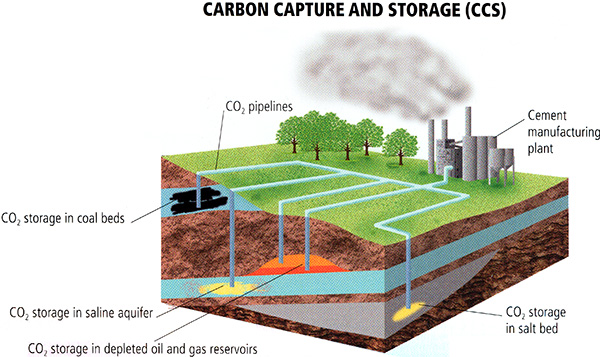

In fact, three quarters of the global hydrogen supply is made from fossil fuels (‘blue hydrogen’).īlue hydrogen can also be highly polluting and is reliant on unproven Carbon Capture and Storage technology. IPPC chair Hoesung Lee says over-reliance on the technology could mean the world misses 1.

has the potential to capture over 27 million tons every year roughly equivalent to taking 5. But it’s expensive to produce, inefficient and far from a low carbon solution. With access to such state-of-the-art carbon capture and storage technology, the U.S. Hydrogen is being promoted as an alternative to the fossil fuels used for heating homes, transport and heavy industry. Direct air capture (DAC), as the word implies, is a technology that captures carbon dioxide directly from the air and, when combined with storage (DAC+S). Carbon Capture and Storage provides oil and gas companies with the excuse they need to keep on extracting fossil fuels, while claiming a magical technological solution is just around the corner. BECCS and direct air capture (DAC) with CO 2 storage are technology-based solutions for carbon dioxide removal (CDR), required to meet net zero ambitions. Carbon capture and storage (CCS) is a combination of technologies designed to prevent the release of CO2 generated through conventional power generation and. The majority of existing Carbon Capture plants use carbon captured to actually force out more fossil fuels from underground. Despite billions of pounds of investment and years of research, there are no Carbon Capture and Storage plants anywhere in the world that work effectively at the scale promised.


 0 kommentar(er)
0 kommentar(er)
